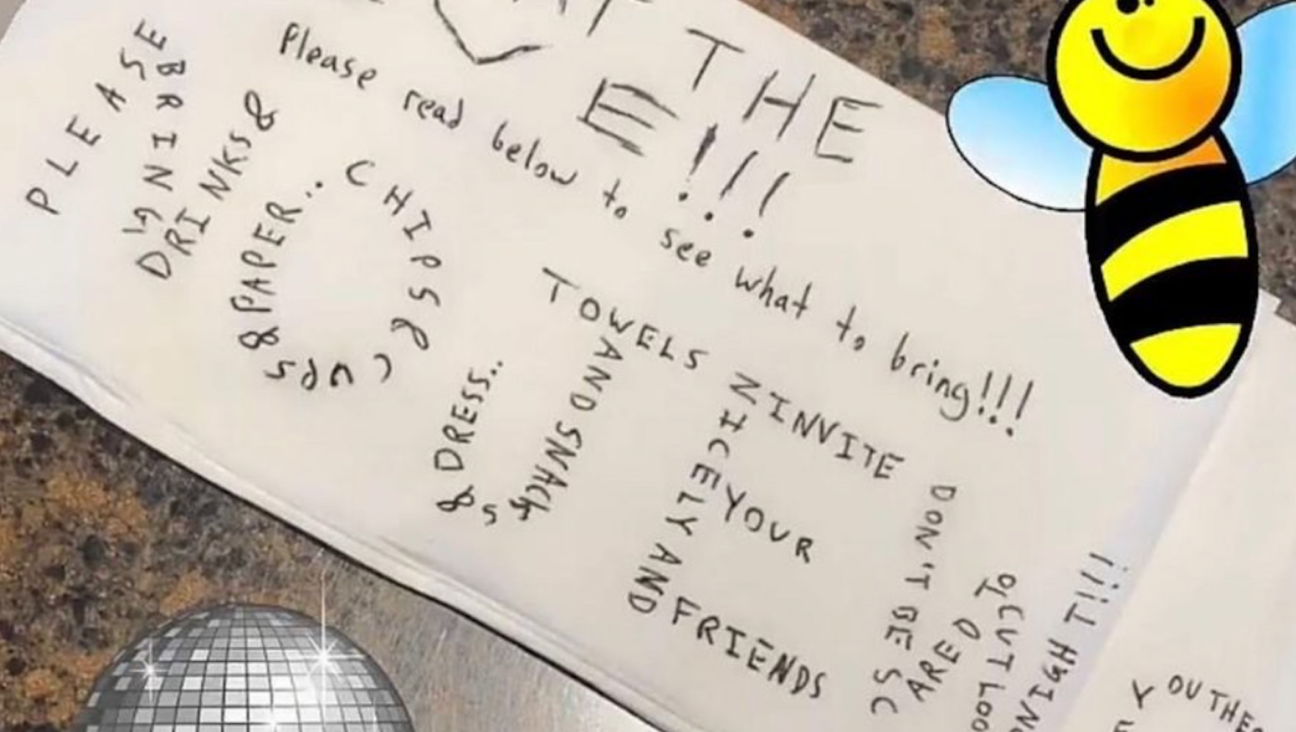Picking @ Shtrudel
In his August 19 column, The New York Times’s venerable language commentator William Safire cites a few examples, taken from a Web site, of words used in different languages to denote the e-mail sign @ that is known in English as “at.” In Czech, writes Mr. Safire, @ is zavinac, meaning “a herring wrapped around a pickle.” In Russian, it is sobachka, “doggie.” In Chinese, it is xiao lao shu, “little mouse.” In Thai, ai tua yiukyiu, “wiggling worm.” And in Hebrew, Safire tells us, it is shabul or shablul, meaning “snail.”
I don’t know about Czech, Russian, Thai or Chinese, but I have some knowledge of Hebrew, and I can say that: 1) there is no such word in it as shabul; and 2) although shablul, which can indeed mean snail in colloquial Hebrew (in more precise speech it designates a slug, while a snail is h.ilazon), did have some use in the early days of e-mail in the 1990s, possibly as a translation of Italian chiocciola, it has not for many years been heard in that sense. The going word for @ in Israel is shtrudel, which means literally… well, strudel.
For a long while, I thought this was odd. Whereas by a stretch of the imagination one can see the resemblance of an @ to a small mouse, a puppy curled inside its tail, or even (though this calls for a bit of effort) a pickle wrapped in a herring, a piece of strudel is another matter. Viewed frontally, the only symbol on a keyboard that a strudel remotely looks like is a space bar, not an @.
But the trick is to avoid frontal confrontation. If you regard a piece of strudel from the side, you see something else. Strudel is made by spreading a filling, such as slices of apple mixed with raisons and cinnamon, on a very thin sheet of dough and then rolling the dough into a cylinder before baking it. The result, when seen in cross-section, is a spiral like a jellyroll’s that certainly looks more like an @ than does a pickle in a herring. This is in fact where the pastry got its name from, the primary meaning of Strudel in German, the language of its geographical birthplace, being a whirlpool or eddy.
Although Hebrew is today, as far as I know, the only language to so designate the @ sign, this is not an Israeli invention. It seems to have originated in the United States, where “strudel” was sometimes used in the early days of e-mail just as shablul was in Hebrew. (“The Free Online Dictionary of Computing” has an entry, dated to 1995, defining “strudel” as “a common (spoken) name for the commercial at sign.”) It must have been picked up by Israeli computer buffs or programmers and brought back to Israel, where it gradually caught on at the same time that it was disappearing in America.
Shtrudel for @ is one of the many words that the Hebrew Academy of Language in Jerusalem has sought to replace with a Hebrew equivalent. Three or four years ago, it proposed krukhit (pronounced crew-KHEET), a word invented by it several decades previously as a Hebrew term for strudel qua pastry from the verb karakh, to encase or wrap around. (Hence also karikh, the Hebrew word for sandwich.) For @, I must say, it was a rather odd choice, since, like many of the academy’s neologisms, even as a culinary term krukhit never caught on with the Israeli public, which went right on asking for shtrudel at the bakery. If Israelis didn’t cotton to krukhit in its literal sense of a pastry, why should they have done so in its figurative sense of @? And indeed they didn’t, and the Hebrew e-mail address of this column in colloquial Hebrew remains to this day philologos shtrudel forward nekuda com.
A better and simpler Hebrew term for @ might have been etsel, which is the Hebrew preposition for “at” as an indicator of address, as in “John Doe Esquire, at The Royal Arms.” However, although this is the sense that English speakers take @ to be functioning in when it occurs in an e-mail address, it was not the original meaning of the symbol, which goes back to commercial notations like “5 lbs. tomatoes @ 75¢ per lb.” The “at” of the @ sign, in other words, originally meant “at the price of,” not “at the address of,” and switched meanings by means of a semiotic pun.
And what is the e-mail @ called in yet other languages? According to the Internet’s Wikipedia, for which I take no responsibility, it’s ensaïmada, which is a kind of brioche, in Catalan; snabel-a or “[elephant’s] trunk-a” in Danish;* apenstaartje* or “little monkey tail” in Dutch; sometimes miukumauku or “the miaow sign” in Finnish; papaki or “duckling” in Greek; kukac or “maggot” in Hungarian; chiocciola or “snail,” as we have said, in Italian; and occasionally balwanek or “little snowman” in Polish. Shtrudel isn’t any stranger than some of these, and it’s a lot more digestible than most.
Questions for Philologos can be sent to [email protected].
The Forward is free to read, but it isn’t free to produce

I hope you appreciated this article. Before you go, I’d like to ask you to please support the Forward.
Now more than ever, American Jews need independent news they can trust, with reporting driven by truth, not ideology. We serve you, not any ideological agenda.
At a time when other newsrooms are closing or cutting back, the Forward has removed its paywall and invested additional resources to report on the ground from Israel and around the U.S. on the impact of the war, rising antisemitism and polarized discourse.
This is a great time to support independent Jewish journalism you rely on. Make a gift today!
— Rachel Fishman Feddersen, Publisher and CEO
Support our mission to tell the Jewish story fully and fairly.
Most Popular
- 1

Culture Trump wants to honor Hannah Arendt in a ‘Garden of American Heroes.’ Is this a joke?
- 2

Fast Forward The invitation said, ‘No Jews.’ The response from campus officials, at least, was real.
- 3

Opinion A Holocaust perpetrator was just celebrated on US soil. I think I know why no one objected.
- 4

Fast Forward Columbia staff receive texts asking if they’re Jewish, as government hunts antisemitic harassment on campus
In Case You Missed It
-

Yiddish מחשבֿות פֿון אַן אַהיים־געקומענעם (אַ מלחמה־טאָגגבוך)Reflections of a soldier after returning home (a wartime diary)
דער מחבר איז אַ סטודענט אינעם ירושלימער העברעיִשן אוניווערסיטעט, אינעם צווייטן יאָר ייִדיש־לימוד
-

Fast Forward Why the Antisemitism Awareness Act now has a religious liberty clause to protect ‘Jews killed Jesus’ statements
-

News At Harvard, reports on antisemitism and anti-Palestinian bias reflect campus conflict over Israel
-

Opinion Is JB Pritzker’s very Jewish toughness the key to fighting Trump?
-
Shop the Forward Store
100% of profits support our journalism
Republish This Story
Please read before republishing
We’re happy to make this story available to republish for free, unless it originated with JTA, Haaretz or another publication (as indicated on the article) and as long as you follow our guidelines.
You must comply with the following:
- Credit the Forward
- Retain our pixel
- Preserve our canonical link in Google search
- Add a noindex tag in Google search
See our full guidelines for more information, and this guide for detail about canonical URLs.
To republish, copy the HTML by clicking on the yellow button to the right; it includes our tracking pixel, all paragraph styles and hyperlinks, the author byline and credit to the Forward. It does not include images; to avoid copyright violations, you must add them manually, following our guidelines. Please email us at [email protected], subject line “republish,” with any questions or to let us know what stories you’re picking up.














